Ancient history, unspoilt nature and authentic flavours. Discover why Trapani is one of Sicily’s best-loved destinations
Trapani enchants visitors with its unique mix of history, art, culture and nature. Overlooking the crystal-clear sea, the city offers an unforgettable experience amidst its ancient walls, colourful fish markets, golden beaches and thousand-year-old salt pans. The old town, with its Baroque architecture and richly decorated churches, recounts centuries of domination and cultural exchange.
Trapani’s gastronomy, world-famous for its couscous, tuna and prized red shrimp, will delight the most discerning palates. Trapani is also an ideal starting point for exploring the Egadi Islands, the ancient cities of Segesta and Selinunte, and the area’s nature reserves. A trip to Trapani is an immersion in the history and culture, including gastronomy, of Sicily, an experience that leaves an indelible mark on visitors’ hearts.
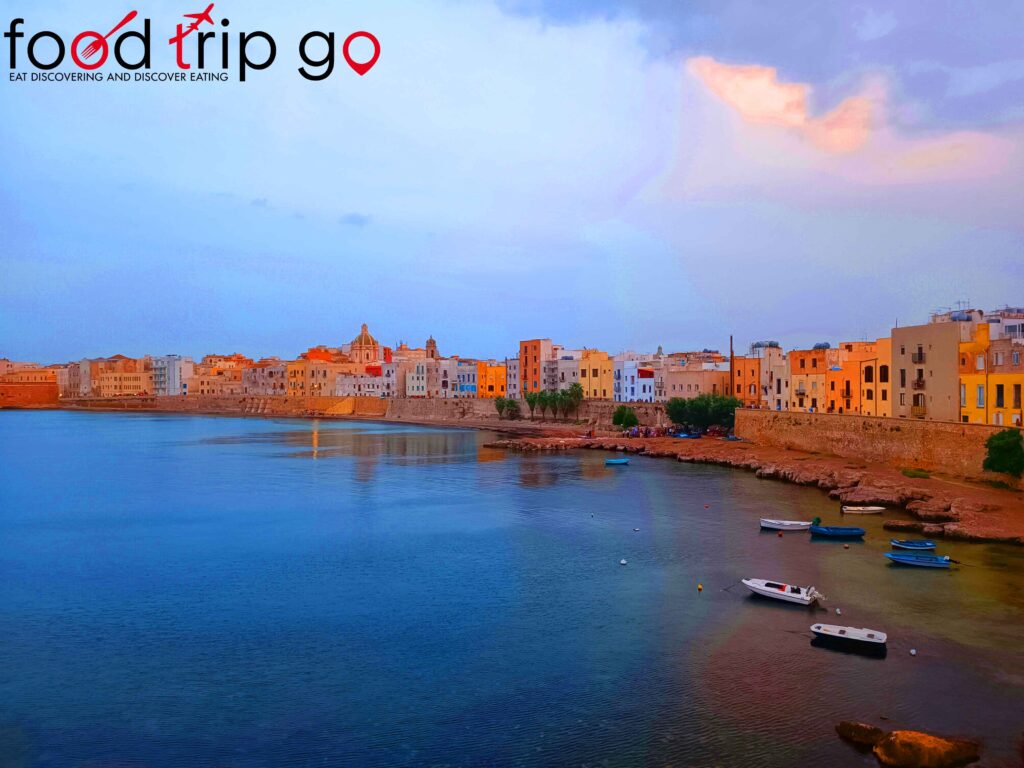
Typical dishes of Trapani
Trapani, the jewel of western Sicily, is an unmissable destination for lovers of authentic cuisine and Mediterranean flavours.
Arancine, Aubergine Caponata, Busiate with Trapanese Pesto
Typical Trapani dishes include arancine, crispy rice balls filled with meat sauce or ham and cheese, and aubergine caponata, a harmony of sweet and sour vegetables. Busiate al pesto trapanese, fresh pasta with a pesto made from almonds, tomatoes and basil, are a triumph of local flavours.

Panelle, Vastedda della Valle del Belice, Pane Nero di Castelvetrano
Panelle, chickpea flour fritters, are a tasty street food, while vastedda from the Belice Valley, a unique cheese, goes perfectly with Castelvetrano black bread.

Fish Cous Cous and Tuna Products, Mazara Prawns, Babbaluci
Cous cous alla Trapanese, enriched with fresh fish, reflects the North African tradition. Among the tuna products, tuna and botargo are unparalleled delicacies. Red prawns from Mazara del Vallo and babbaluci, spicy snails, complete the culinary experience.
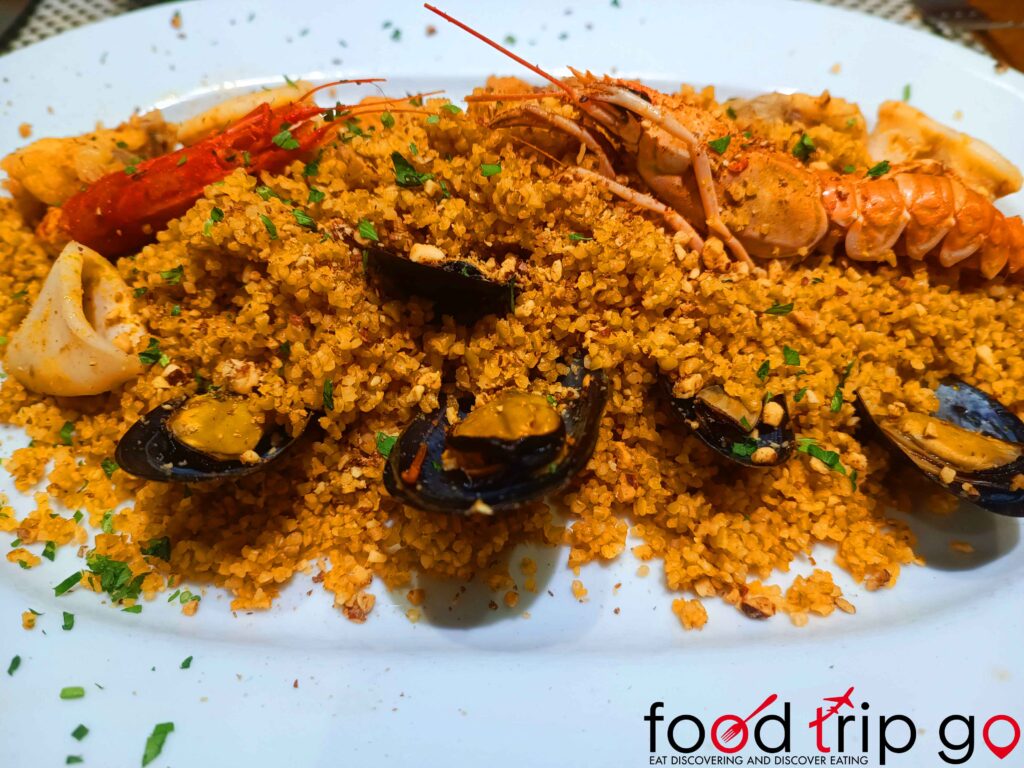
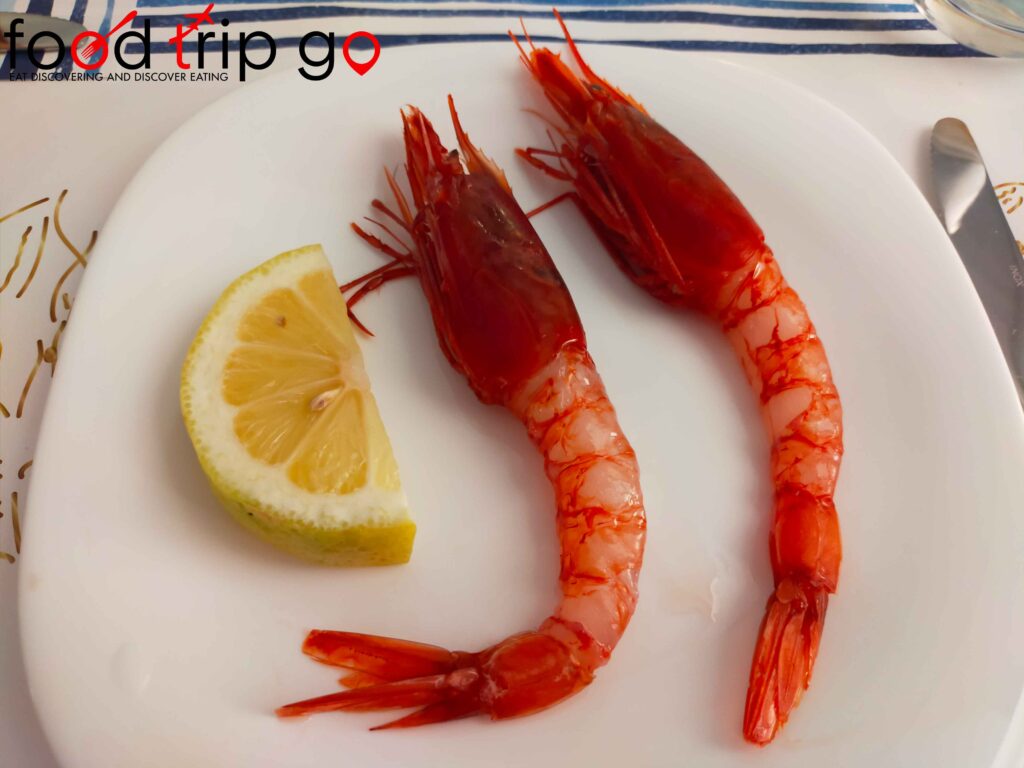
Dattilo Cannolo, Cassatelle di Ricotta, Granita and Marsala
One cannot forget the cannolo di Dattilo, famous for its sweet ricotta cheese. Cassatelle di ricotta, fried and sweetened, and the Sicilian granita offer sweet refreshment. All this can be accompanied by the famous Marsala wine and Nocellara del Belice olive oil, emblems of Trapani’s food and wine tradition.


What to see in Trapani and province
Church of the Purgatory and Cathedral of San Lorenzo
The Purgatory Church is famous for its Baroque façade and for housing the ‘Mysteries‘, twenty statues depicting the Passion of Christ that parade during the Good Friday procession. Every year, the statues are carried on the shoulders for 24 hours along the streets of the old town, accompanied by funeral marches and the emotional participation of the devout.
The Cathedral of San Lorenzo is a magnificent example of Baroque and Neoclassical architecture. Inside, one can admire works of art such as paintings, frescoes and stuccoes.
Bastione Conca, Piazza Mercato del Pesce and Torre di Ligny
The Conca Bastion in Trapani, an ancient defensive fortification, offers a breathtaking panoramic view of the Gulf of Trapani and the Tramontana walls. This bastion, built to protect the city from Turkish invasions, is now an ideal place to admire spectacular sunrises and sunsets. Piazza ex Mercato del Pesce, known as ‘a chiazza’, is a historic place where fishermen used to sell fresh fish, characterised by the statue of Venus Anadiomene and arcades with semicircular arches.
Built at the behest of the Prince of Ligny, the tower of Ligny in Trapani served to reinforce the coastal defence with four sentry boxes and sighting lights that allowed communications with other towers. Strategically positioned to control the Mediterranean, the Tyrrhenian Sea, the Egadi Islands and the coast as far as Mount Erice, it was an armed fortress until 1862.
Porta Oscura, Clock Tower and Palazzo Senatorio
The Porta Oscura and the Clock Tower, built around the 14th century, marked the boundary between the original nucleus of the fortified city of Trapani and the Aragonese expansion to the west, with the Tower transformed during the construction of the Palazzo Senatorio. When the Tower’s clock stopped working, it was replaced by the clocks of the Palazzo Senatorio, while the bronze bells were placed on top of the Tower, which has a simple structure with circular dials and a complex iron structure supporting the bells.
Erice
Erice, an enchanting medieval village perched at 751 metres, offers spectacular views of the Gulf of Trapani, the Egadi Islands and, on clear days, Pantelleria. The village captivates with its mix of medieval, Arab, Baroque and Art Nouveau architectural styles, offering unique views and unforgettable sunsets. A visit to the Castle of Venus and a walk in the Baglio Garden, suspended between sky and sea, is not to be missed. The Cathedral of Erice, located near Porta Trapani, is the town’s main religious building and bears witness to its rich history.
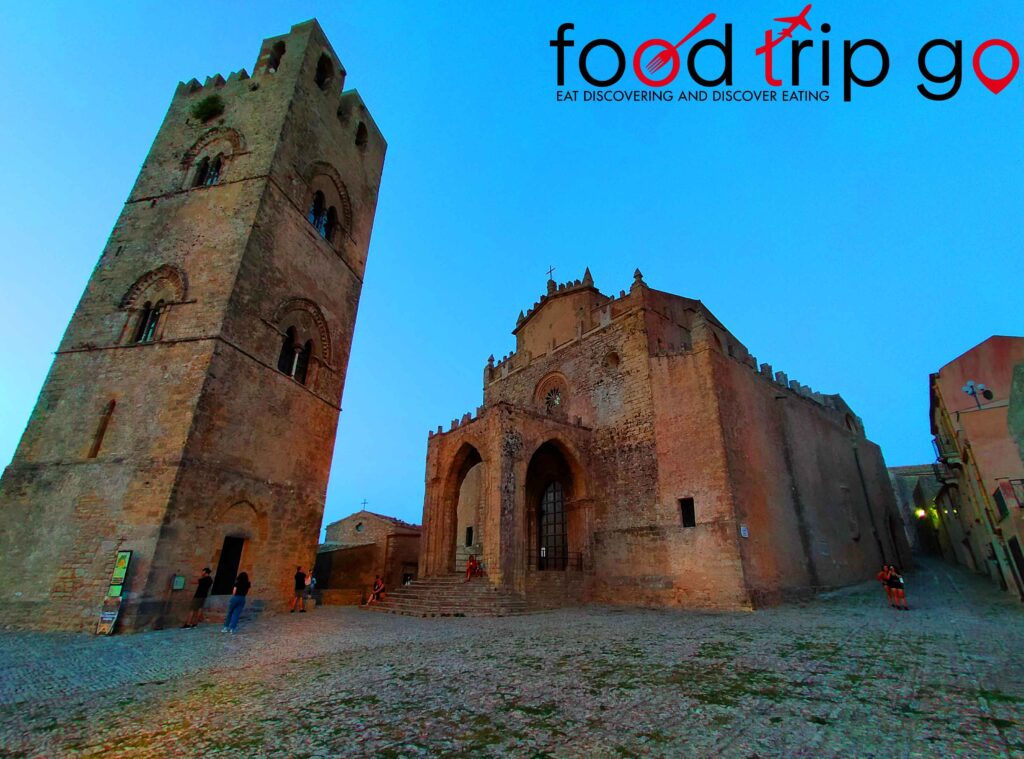
Trapani and Paceco Salt Pans Nature Reserve
The Trapani and Paceco Salt Pans Nature Reserve preserves a unique ecosystem characterised by the presence of numerous migratory birds and rare plant species adapted to saltwater life. This area, rich in biodiversity, is also maintained thanks to the traditional activity of sea salt production, which contributes to the preservation of the lagoon environment.
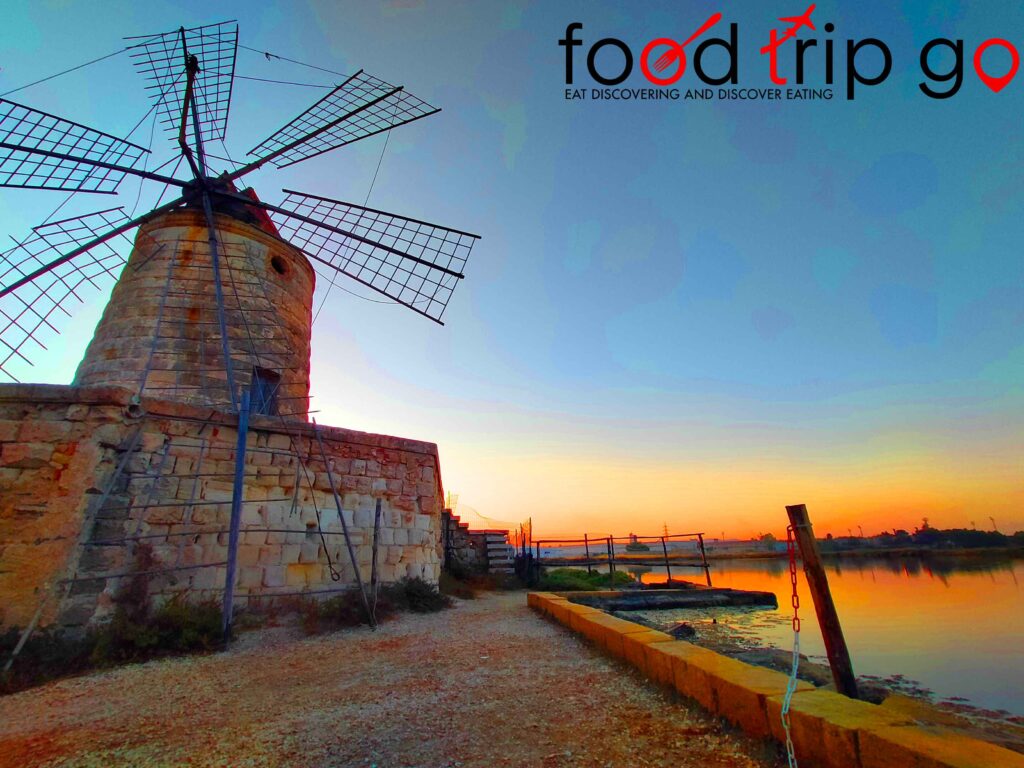
Tonnara of Scopello
The Tonnara di Scopello, with its watch tower and baglio built in the 13th century, was a vital centre for tuna fishing, managed over time by various noble families including the Florios. This historic site bears witness to the ancient practice of mattanza, carried out in a protected and strategic cove to catch tuna during their migratory cycle in the Mediterranean. Surrounded by the Zingaro Nature Reserve, the Tonnara also offers the possibility of exploring the rich marine ecosystem of the Faraglioni, covered in posidonia and ideal for snorkelling.
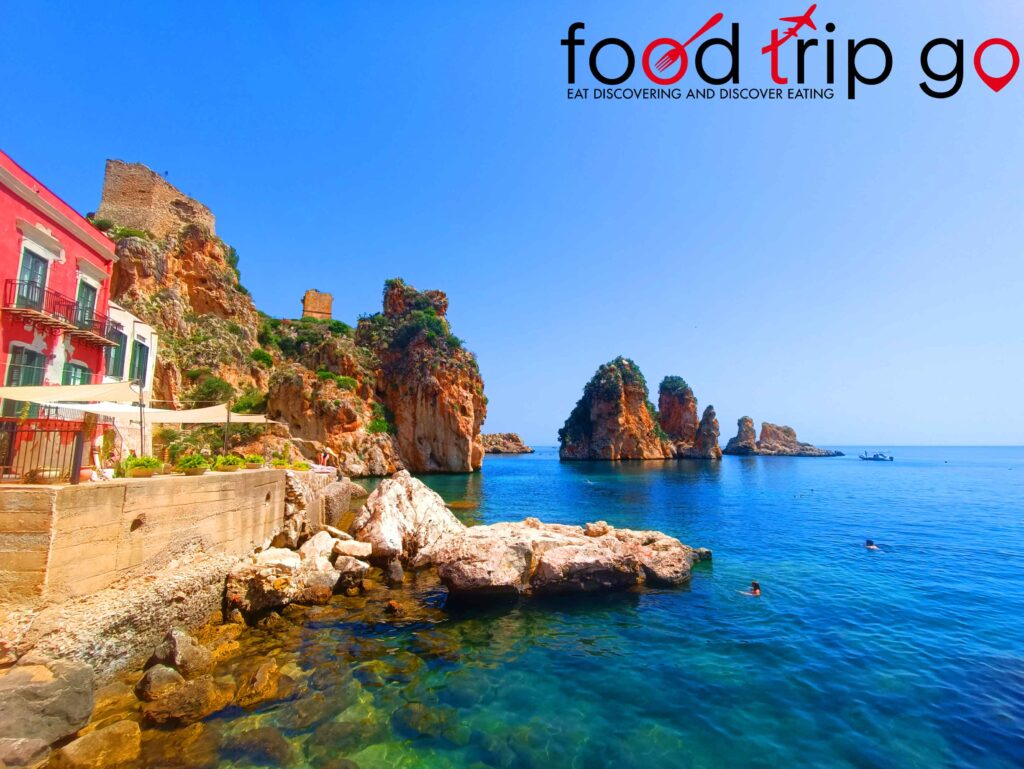
Mount Cofano and the Zingaro Nature Reserve
Mount Cofano dominates the landscape between Trapani and San Vito Lo Capo, offering breathtaking panoramic views of the gulfs of Erice and Macari. Nearby are the Cornino beach and Cala Buguto, making it a popular destination for trekking and the sea, with the Cofano tuna fishery tower and the Mangiapane cave representing significant historical and cultural points of interest. The Zingaro Nature Reserve enchants with its seven coves accessible only on foot or by boat, including Cala Capreria to the south and Tonnarella dell’Uzzo to the north, easily reached from their respective entrances by short walks. Each cove offers breathtaking scenery, from pebble beaches to caves accessible by land or sea, ideal for a nature adventure far from urban noise.
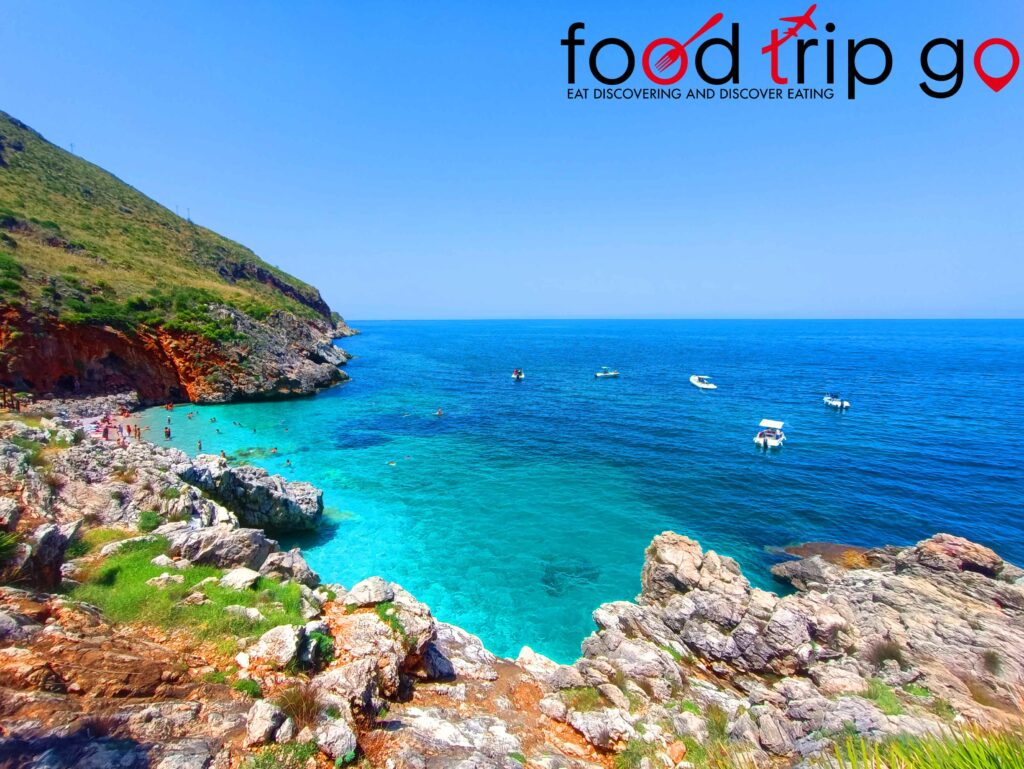
San Vito lo Capo
San Vito Lo Capo offers crystal-clear sea and a long, sandy beach that invites relaxation. The Zingaro nature reserve and the surrounding coves, such as Cala del Bue Marino, are a paradise for sea and nature lovers.
Local cuisine is another big attraction, with fish couscous as the undisputed star. Every year, the Cous Cous Fest celebrates this typical dish with a world championship, while Tempu Ri Capuna is dedicated to blue fish and seafood traditions.
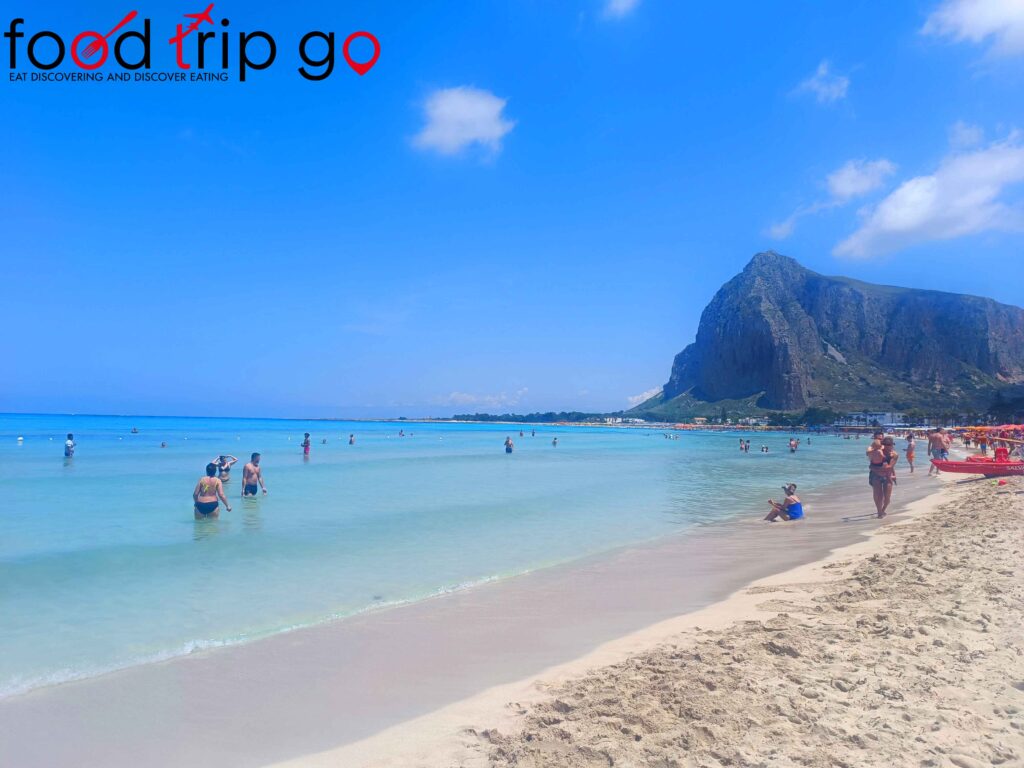
Selinunte Archaeological Park
The Selinunte Archaeological Park, one of the largest archaeological sites in the Mediterranean, offers a fascinating journey into the past of Greek Sicily. Its imposing Doric temples and the Sanctuary of Demeter Malophoros testify to the grandeur and refinement of this ancient city. The Cusa quarries, from which the building materials came, offer further evidence of the intense building activity.
The necropolises, with their tombs and finds, tell stories of life and death. An extensive urban area, with agora and dwellings, completes the picture of an advanced civilisation that left an indelible mark on the landscape. Today, this archaeological site, immersed in a natural setting of great beauty, is visited by visitors from all over the world, eager to admire the vestiges of a civilisation that marked the history of Sicily.
Temple of Segesta
The Temple of Segesta stands majestically on a hilltop, offering a unique and impressive sight. This imposing Doric building, incomplete but fascinating, is one of the few well-preserved examples of Greek architecture. Its construction, dating back to the 5th century B.C., was interrupted for reasons that are still debated today, possibly due to wartime events or religious changes. In addition to the temple, the archaeological site of Segesta contains a well-preserved Greek theatre, an ancient agora and a necropolis.
According to the legend narrated by Virgil in the Aeneid, the city of Segesta was founded by Aeneas, a Trojan hero fleeing from Troy after its fall. After the death of his father Anchises in Sicily, Aeneas decided to leave behind the elders and women who did not want to continue their journey to Latium. In their honour, he founded the city of Segesta and dedicated a temple to Venus.
This legend, although not supported by historical evidence, helped forge Segesta’s identity, linking it inextricably to the history of Troy and Roman culture. Even today, ancient coins from Segesta depict Aeneas carrying his father Anchises on his shoulders, bearing witness to this ancient tradition.
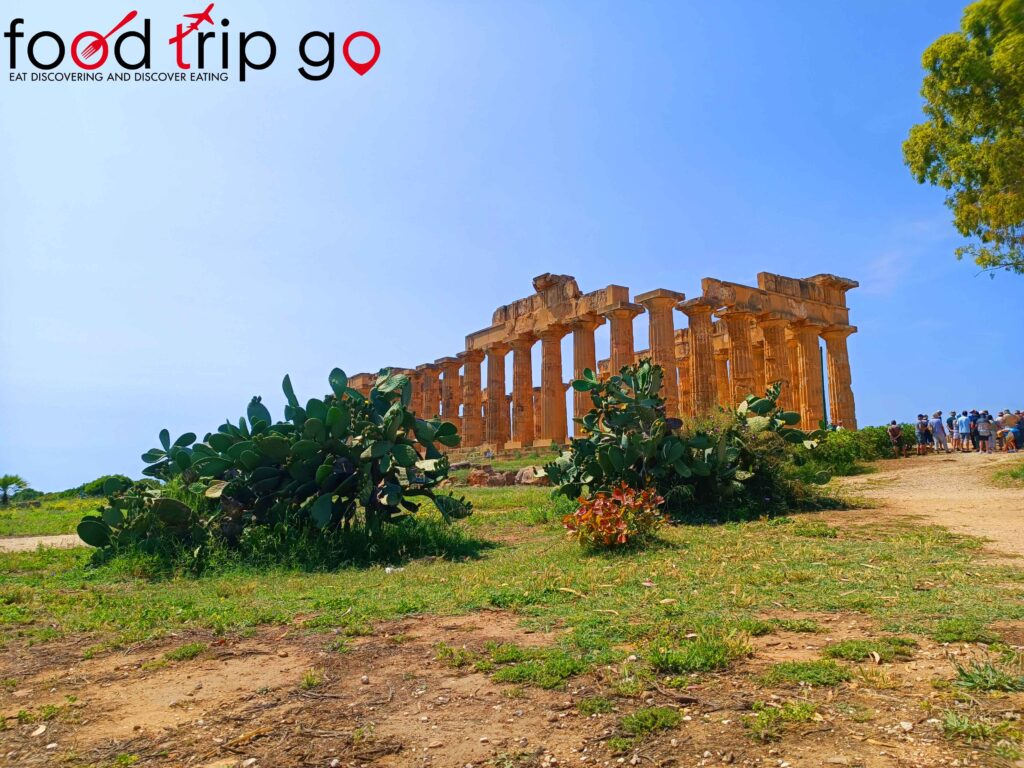
Egadi Islands
The Egadi Islands, an enchanted archipelago opposite Trapani, offer an unforgettable holiday experience. With their crystal-clear waters, pristine beaches and rich marine biodiversity, the Egadi Islands are a paradise for sea and nature lovers.
The island of Favignana, the largest of the archipelago, is famous for its ‘tonnara’ (tuna fishery) and charming coves such as Cala Rossa. Levanzo, on the other hand, enchants with the Grotta del Genovese, an archaeological site of extraordinary importance. Marettimo, the wildest island, offers breathtaking hiking trails and hidden coves.
According to ancient legend, the names of the islands derive from the daughters of the Sun god, the shepherdesses Fauetusa and Lampatia, and their mother Neerea, to whom the flocks that grazed on these lands were entrusted. A magical atmosphere envelops these islands, making them an ideal destination for those who wish to relax and reconnect with nature.
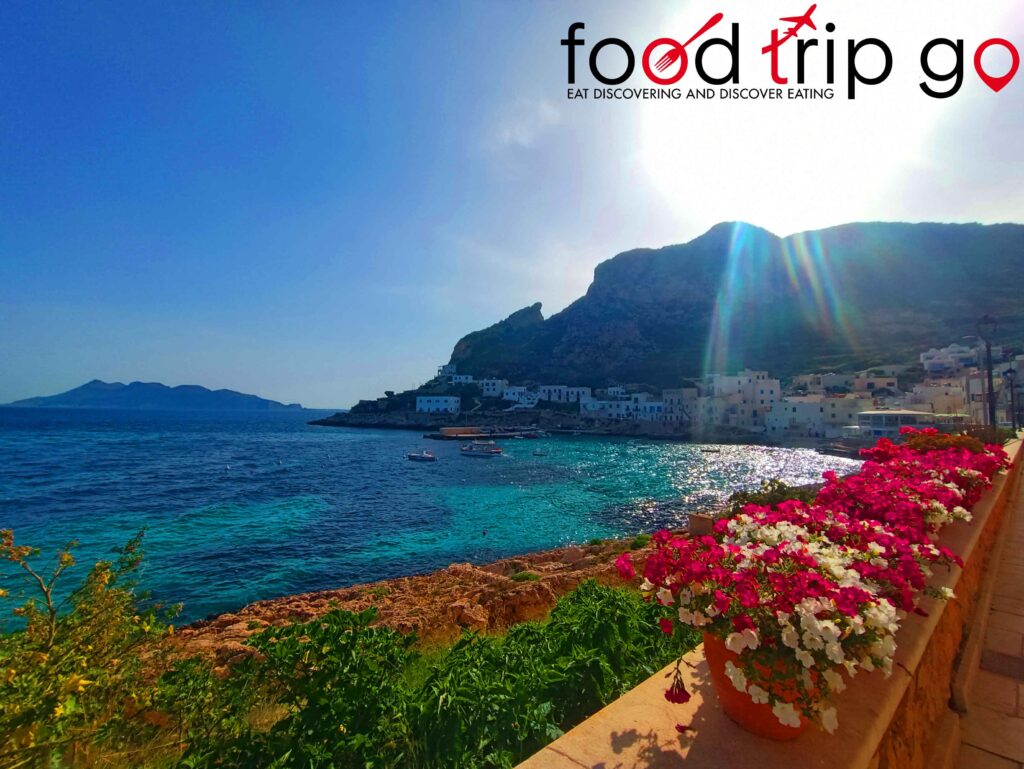
Marsala
From its ancient Phoenician origins to Arab, Norman and Spanish dominations, Marsala has preserved a rich cultural and artistic heritage. The historic centre, with its Baroque churches and noble palaces, tells stories of a glorious past.
But Marsala is also famous for its salt pans, where the sun transforms seawater into salt crystals, creating a unique spectacle. At sunset, the salt pans are tinged with a thousand colours, creating a magical atmosphere. And we cannot forget Marsala wine, a product of excellence known all over the world, which comes from grapes cultivated in the fertile surrounding countryside.
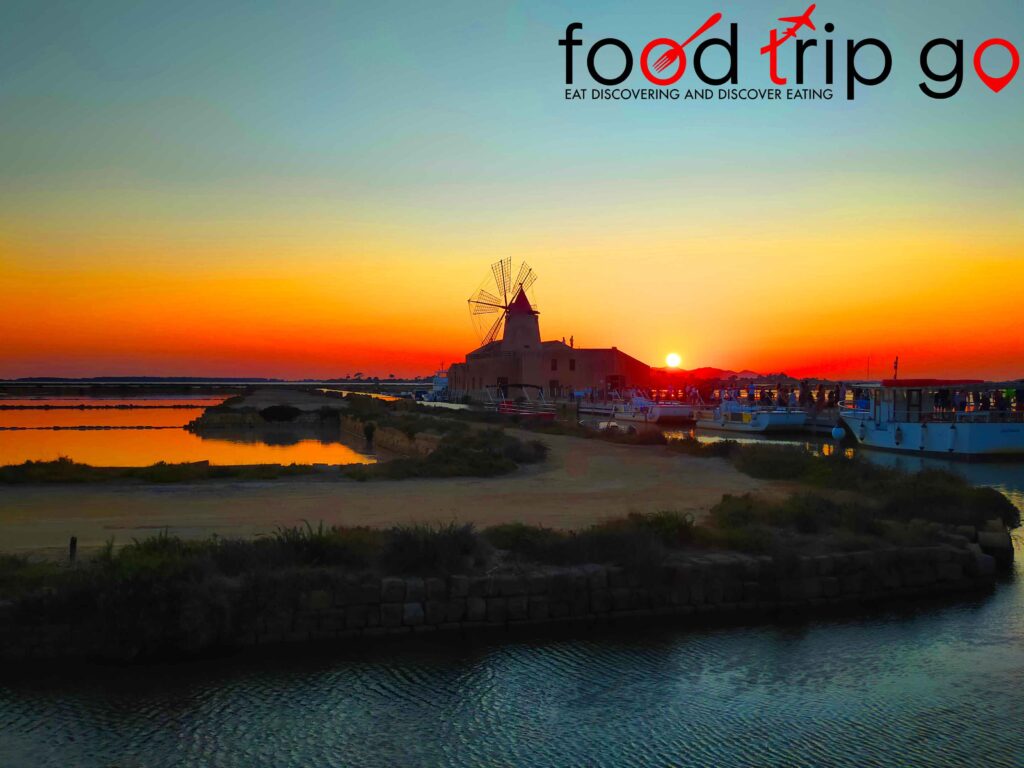
Mazara del Vallo
Mazara del Vallo enchants visitors with its mix of Arab and Norman charm. The historic centre, with its Kasbah and the Cathedral of the Holy Saviour, is a labyrinth of alleys that tell centuries of history. The city is world famous for its prized red shrimp, a culinary treasure that has made Mazara a popular destination for lovers of good food.
In addition to the sea and gastronomy, Mazara offers a rich artistic and cultural heritage, including the Dancing Satyr Museum, which houses an extraordinary bronze statue found in the sea. The surrounding nature reserves, such as Lake Preola and Capo Feto, offer the opportunity to immerse oneself in nature and admire a rich biodiversity.
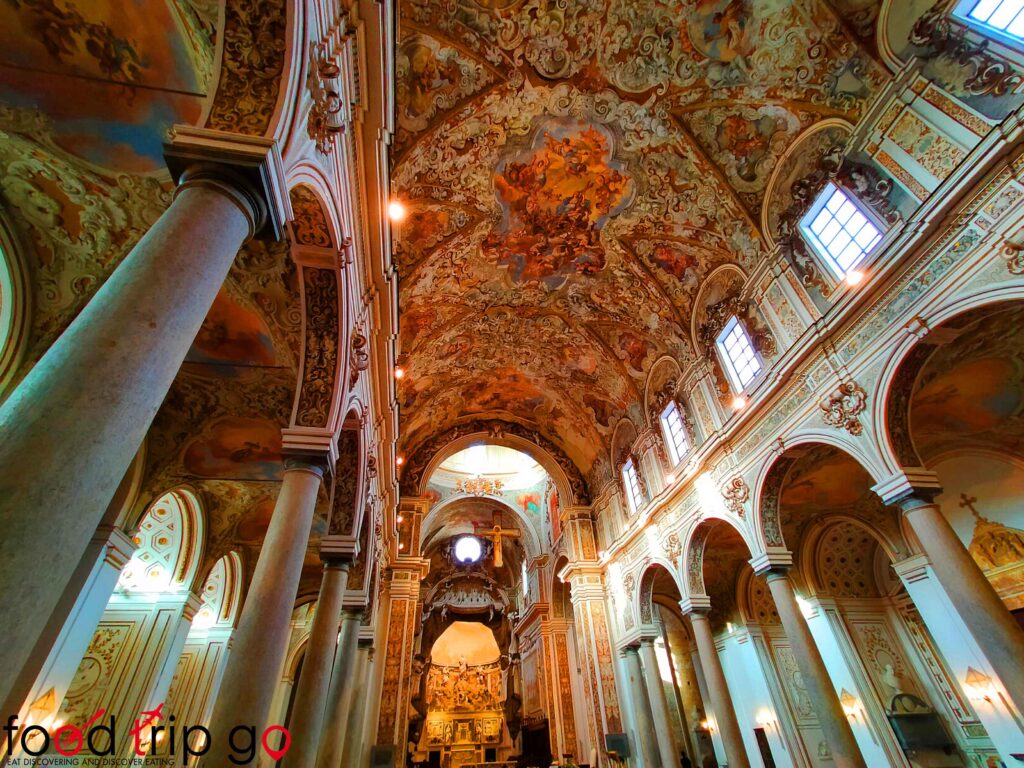
Trapani: history, sea and flavours
Trapani and its province offer an unforgettable travel experience, combining ancient history, breathtaking landscapes and a rich culinary tradition. From the Greek temples of Segesta and Selinunte to the suggestive salt pans of Trapani, from the medieval villages of Erice to the lively city of Mazara del Vallo, every corner of this land hides surprises and wonders.
The pristine beaches, crystal-clear waters and lush nature make this area one of Sicily’s most popular destinations. Whether you are passionate about history, art, nature or simply looking for a relaxing holiday, Trapani will win you over with its timeless charm.